
Japanese scientists delete chromosome that causes down syndrome
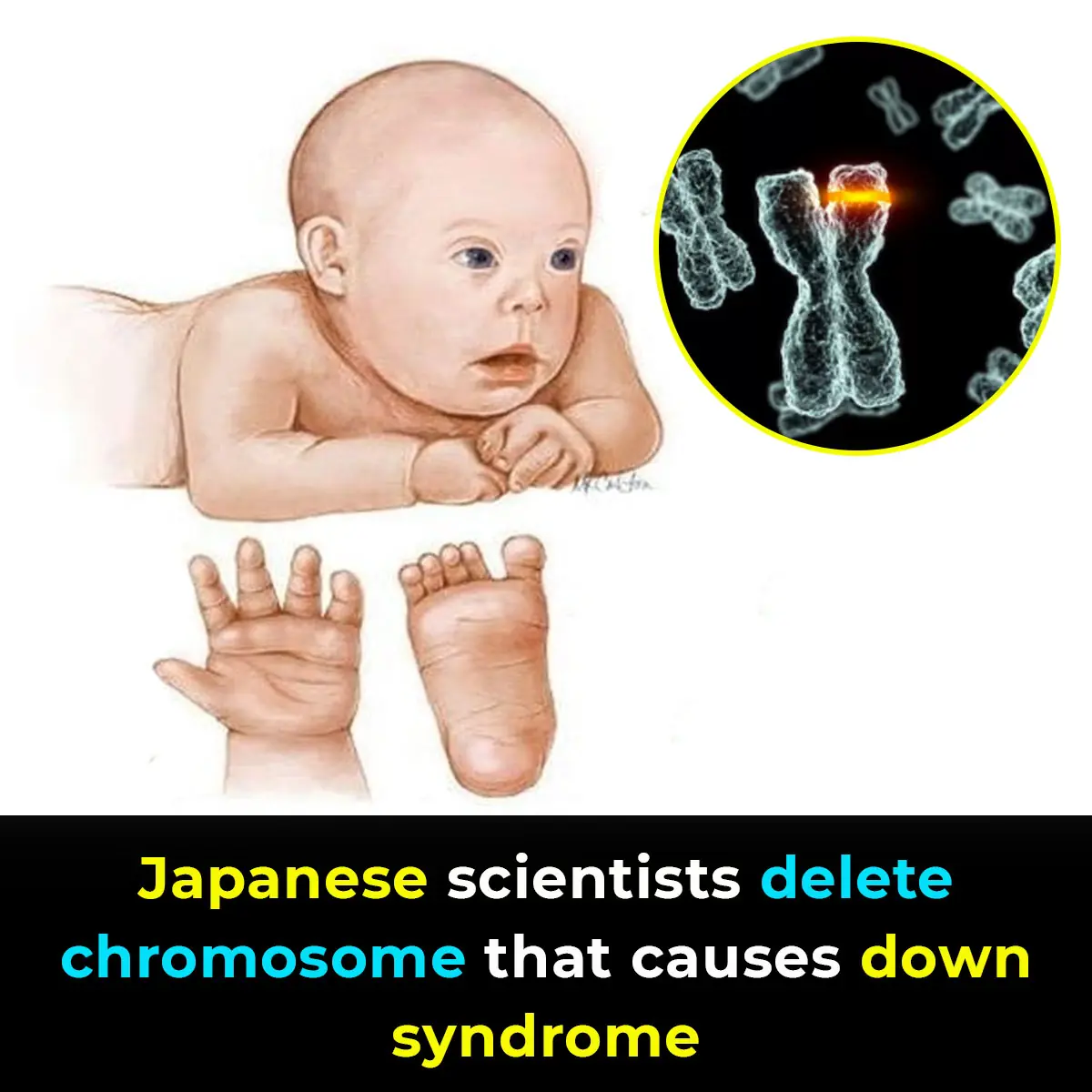
Japanese Scientists Take a Historic Step Toward Treating Down Syndrome
In a remarkable breakthrough, Japanese researchers have successfully removed the extra chromosome responsible for Down syndrome using cutting-edge CRISPR gene-editing technology, restoring normal function in affected cells.
Led by Dr. Ryotaro Hashizume at Mie University, the team became the first to tackle the root cause of Down syndrome at the cellular level. Their method selectively eliminates the third copy of chromosome 21 while keeping the normal two intact—a milestone in genetic research.
Down syndrome, which affects about 1 in every 700 births worldwide, arises from trisomy 21, where cells carry an extra chromosome 21. This disrupts normal development, leading to intellectual disabilities, unique facial features, and a higher risk of conditions such as heart disease and early-onset Alzheimer’s.
The researchers applied a precise approach called allele-specific editing. This technique instructs CRISPR-Cas9 to target DNA sequences present only on the extra chromosome. Once cut, the unstable chromosome is naturally lost as cells divide.
Laboratory tests showed that this method successfully removed the additional chromosome in 30.6% of cells. Treated cells exhibited normalized gene activity, protein production, and survival—closely resembling healthy cells. Remarkably, the technique was effective in both stem cells and adult skin cells from individuals with Down syndrome.
While it will take several years before this approach can be applied in clinical settings, the study offers a hopeful glimpse into a future where therapies might reduce or even prevent some of the severe health effects associated with Down syndrome.
News in the same category


14 Powerful Benefits of Walking That Completely Change Your Body and Mind
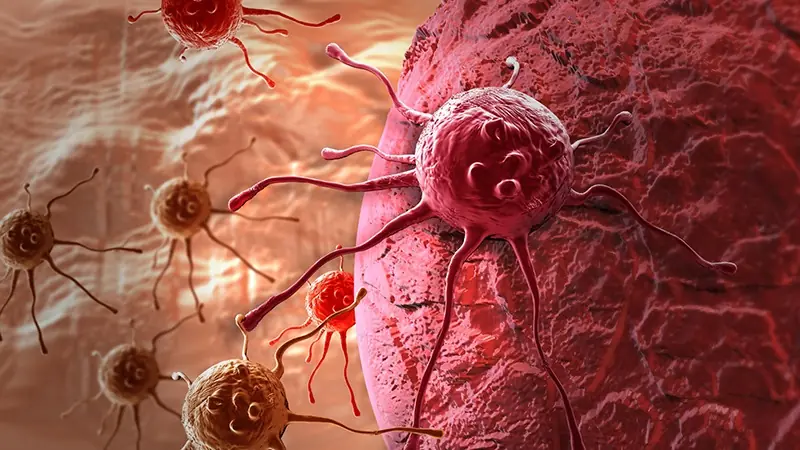
These 5 Foods Are Fueling Cancer in Your Body. Number 1 Will Surprise You

8 Common Reasons For Waking Up at Night

Early Signs of Kidney Disease and How to Protect Your Kidneys (Evidence-Based)
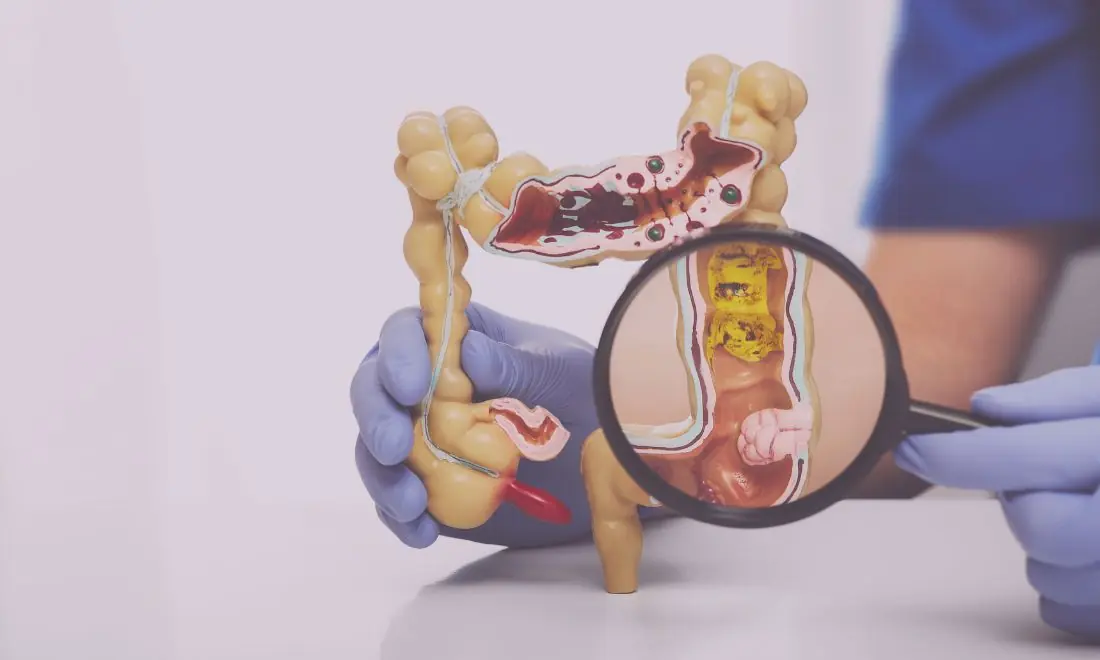
Colon Cleansing with Kefir and Flaxseed: A Natural Approach

Here’s What Really Happens To Your Body If You Drink Diet Soda
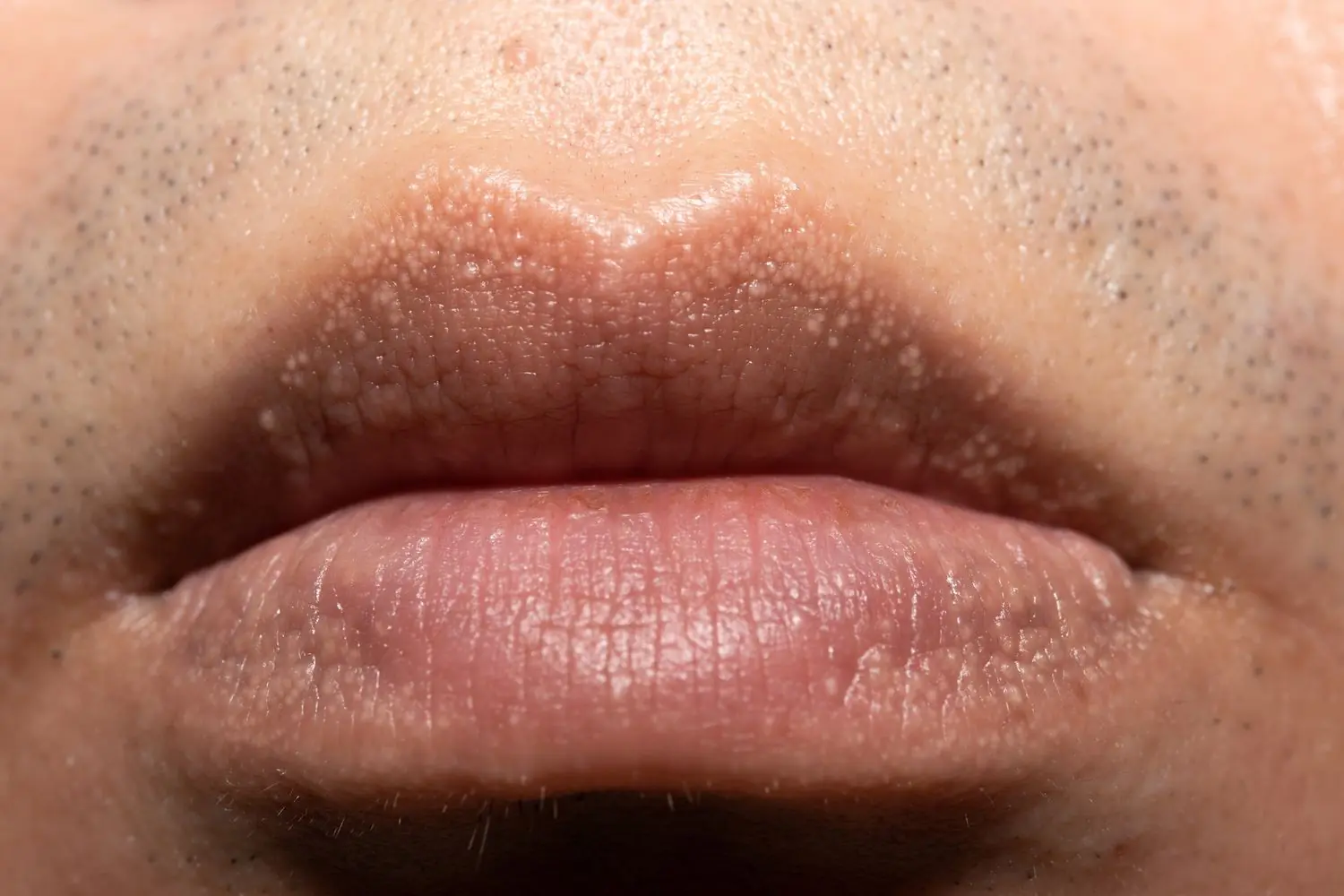
White Bumps on Lips: Causes and Effective Treatments

Eating More Cruciferous Vegetables May Cut Colon Cancer Risk
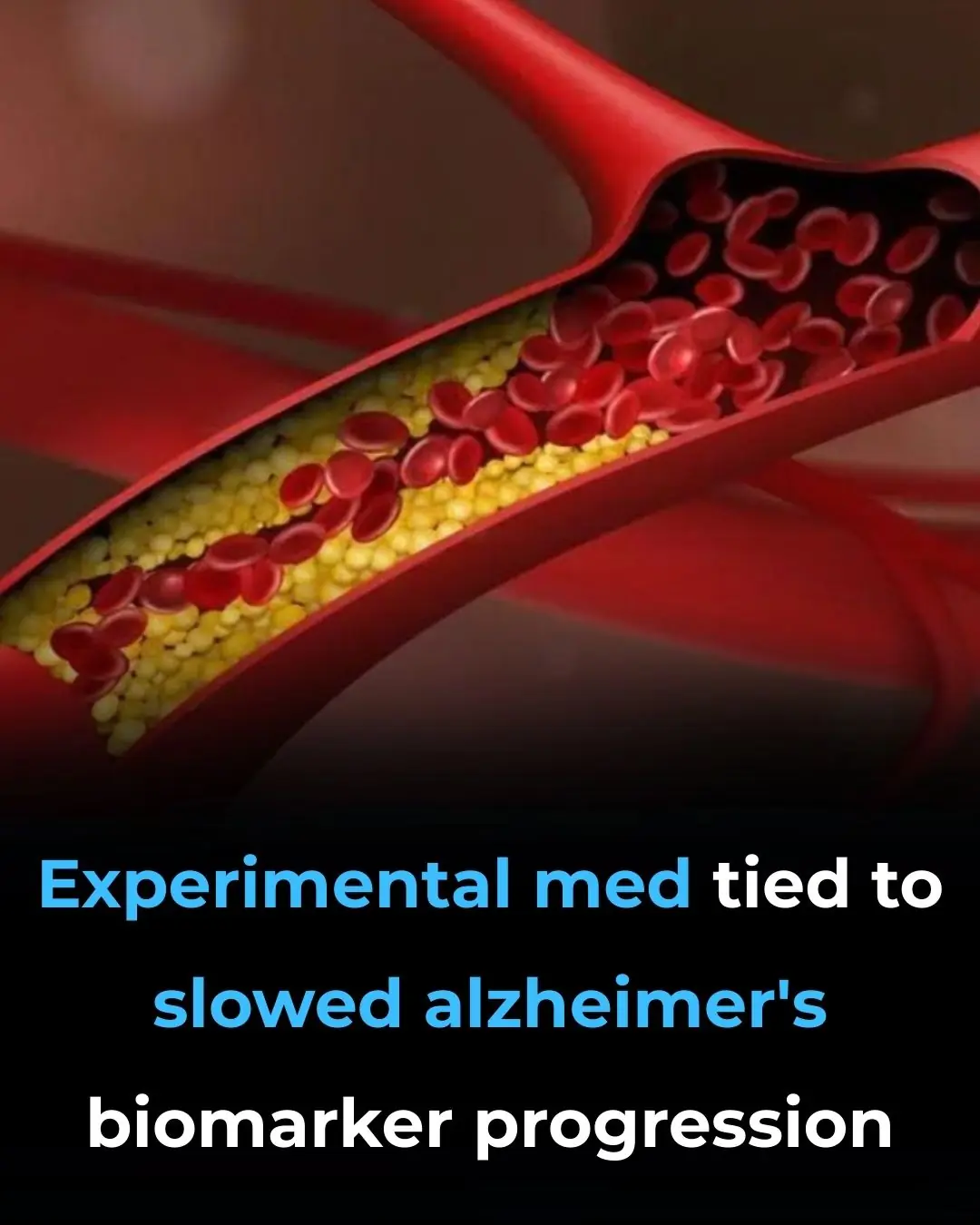
Experimental Med Tied to Slowed Alzheimer’s Biomarker Progression

The Healing Power of Raw Onion

Chicken Gizzards: 3 Surprising Benefits You Might Be Missing

Jell-O is More Than a Dessert – It’s Good for Your Health Too

Cloves: 10 Health Benefits of Eating 2 Daily

6 Health Benefits of Eating One Cup of Pineapple Every Day

10 W@rning Signs It’s Time to Cut Back on Caffeine
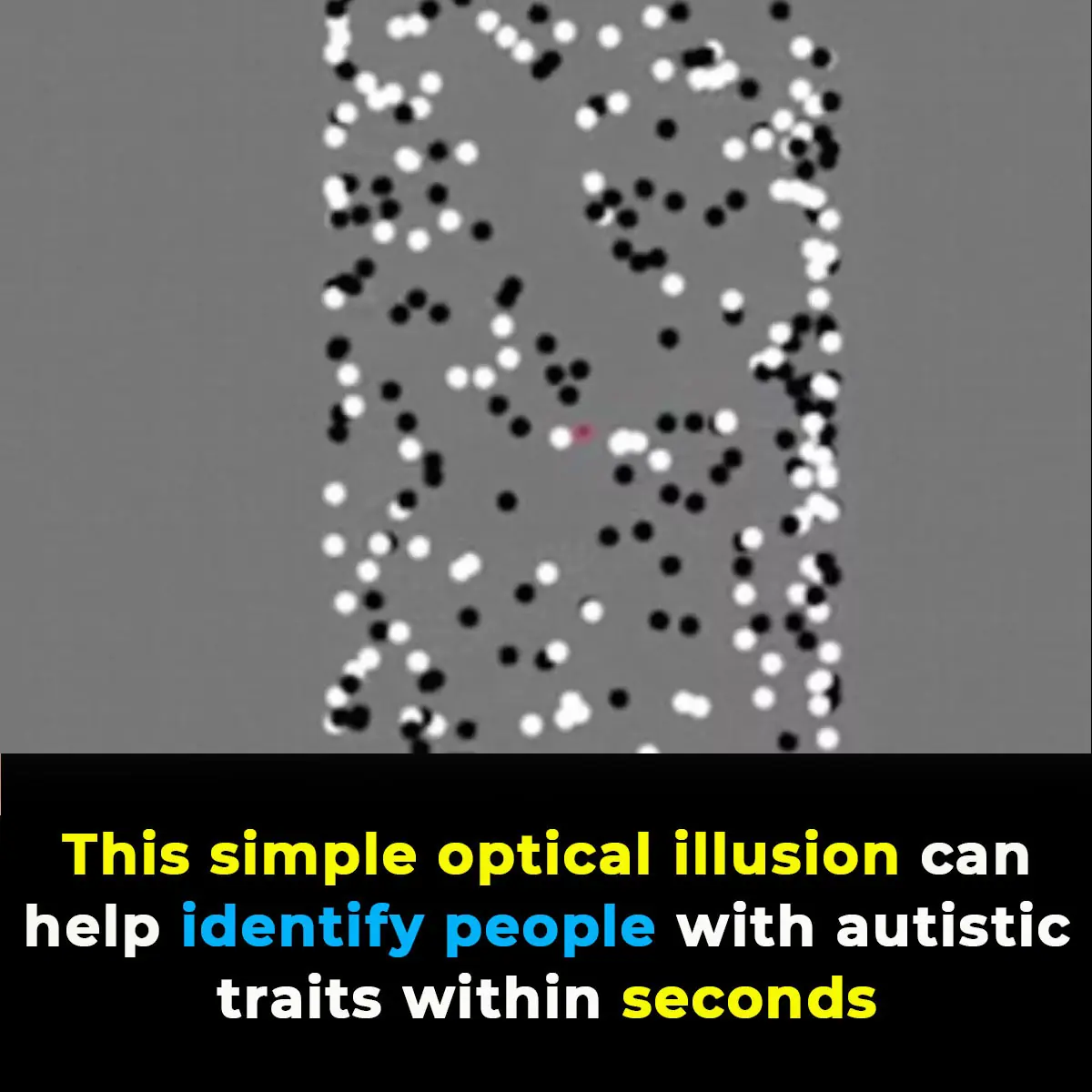
This optical illusion may help identify autistic traits in seconds

Health Benefits of Baby Bella Mushrooms
News Post

Rob Gronkowski forgot he invested $69,000 in Apple and ten years later the value has completely changed his net-worth

Scientists discover that powerful side effect of Ozempic could actually reverse aging

5 Common Habits That Are Slowly Destroying Your Knees Right Now

14 Powerful Benefits of Walking That Completely Change Your Body and Mind

These 5 Foods Are Fueling Cancer in Your Body. Number 1 Will Surprise You

8 Common Reasons For Waking Up at Night

Beware of the Plastic Bottle Scam: A New Car Theft Tactic

Scientists warn ancient Easter Island statues could vanish in a matter of years

NASA astronaut describes exactly what space smells like and it's not what you'd expect

Don’t Clean the Fridge with Plain Water—Mix This In and It’ll Be Spotless and Odor-Free

Put a Handful of Pepper Under the Bed and Something Unexpected Happens—Something Bed Sellers Never Tell You

Rice Left in the Rice Cooker Overnight—Can You Still Eat It? The Answer May Surprise You

Oil Keeps Splattering When You Fry? Add This One Ingredient to the Pan—No More Splashes or Sticking

Clogged Kitchen Sink Drain? Don’t Rush to Call a Plumber—Try This to Clear It and Eliminate Odors

Washing Machine Loud and Shaking During Spin? Don’t Rush to Call a Technician—Do This and It’ll Run Smoothly

Should You Seal the Room When Running the Air Conditioner? Five Errors That Can Double or Triple Your Power Usage

Using an Electric Kettle: 9 Out of 10 Homes Make This Common Mistake – It’s Worth Reminding Family to Correct It Early

Early Signs of Kidney Disease and How to Protect Your Kidneys (Evidence-Based)

Colon Cleansing with Kefir and Flaxseed: A Natural Approach
